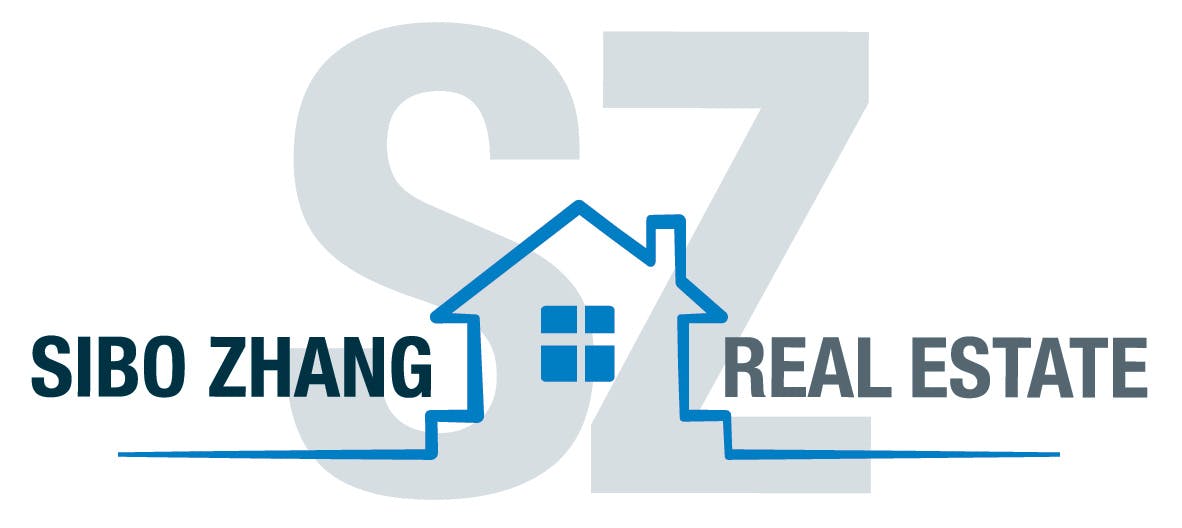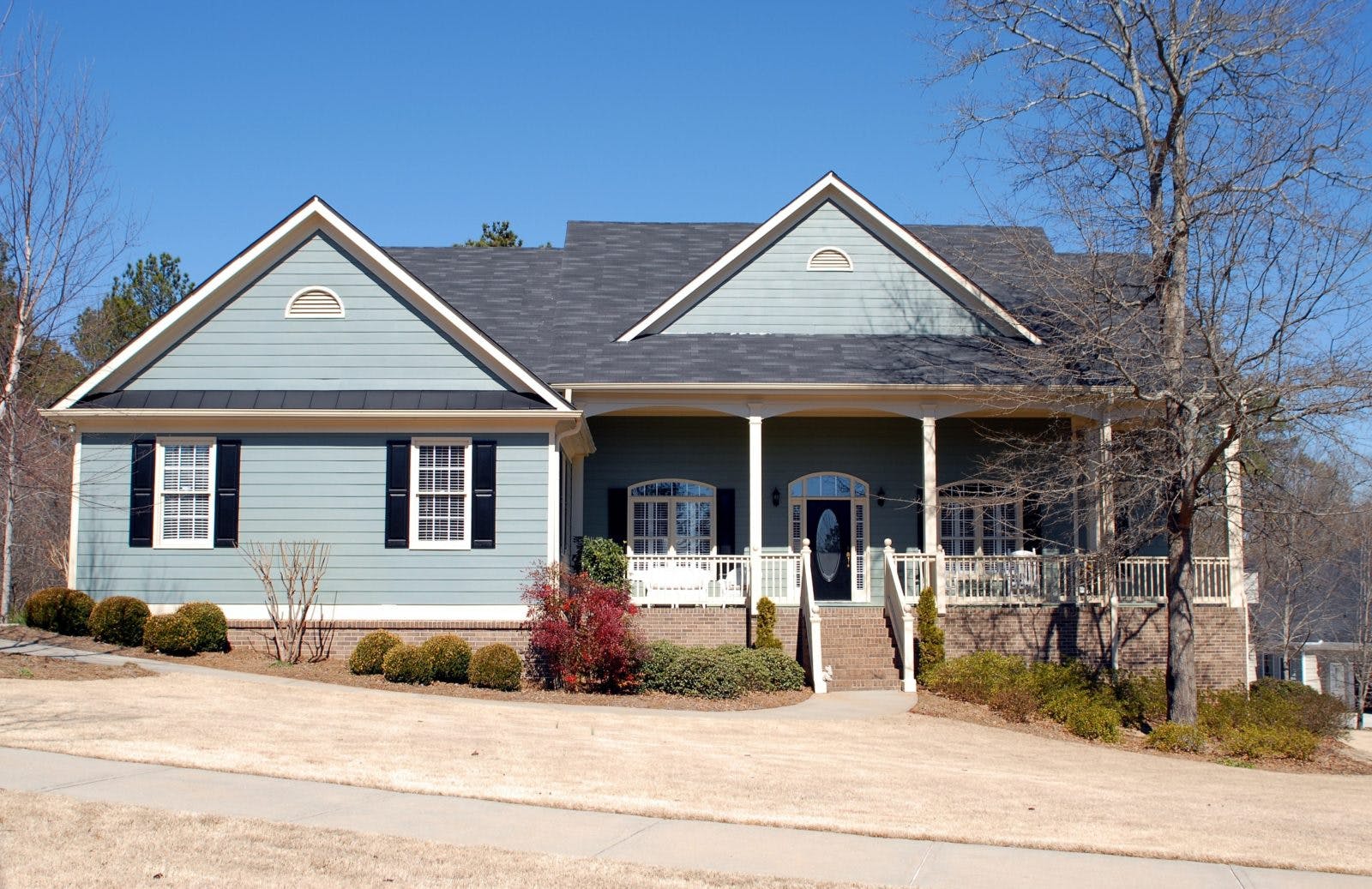The trend I have been reporting for several months is continuing. Residential prices are continuing their overall decline across the lower mainland. With the astronomical price increases prior to this current period, even a relatively small price drop of 1.0 per cent can be attractive to a buyer who would surely enjoy a $10,000 savings on a $1-million property with just one month’s change. Nonetheless, many prospective buyers are holding off as they hope to see the downward trend continue. This may prove beneficial or not; it’s still a guessing game how long the trend will continue. There could be quick change in buyer psychology that creates a spurt in demand any time, which would send prices upward again. From the seller’s point of view, it is important to note that new listings are actually increasing at this time. While this might be seen as seller concern that prices will continue to drop, it is also providing a high supply of available properties on the market, which has a further dampening effect on prices. In short, it’s a buyer’s market right now so if you are seriously wanting to get into a home this is a good time to make an offer. The combined benchmark price for all property types in the Lower Mainland at the end of September was $1,003,500, a decrease of 1.2 per cent from the preceding month. Below is my monthly review of benchmark prices for each property type.
METRO VANCOUVER
Detached homes
The benchmark price for a single family detached home in Metro Vancouver at the end of September was $1,540,900, a decrease of 1.3 per cent from the preceding month. This average had the extremities of Vancouver West (not West Vancouver) at $3,254,200 and Maple Ridge at $864,500. The three municipalities with benchmark prices closest on the higher side of the Metro average were: South Burnaby at $1,589,600, a decline of 1.9 per cent from the preceding month; North Vancouver at $1,620,300, a decline of 1.8 per cent from the preceding month; and Richmond at $1,662,600, a decline of 0.4 per cent from the preceding month. Closest to the Metro Benchmark on the lower side of the average were: Port Moody at $1,504,300, a decline of 1.9 per cent from the preceding month; Vancouver East at $1,502,900, a decline of 1.7 per cent from the preceding month; and North Burnaby at $1,498,100, a decline of 0.2 per cent from the preceding month.
Townhouses
The benchmark price for a townhouse in Metro Vancouver at the end of September was $837,600, a decrease of 1.0 per cent from the preceding month. This average had the extremities of Vancouver West (not West Vancouver) at $1,229,300 and Maple Ridge at $558,800. The three municipalities with benchmark prices closest to the higher side of the Metro average were: Richmond at $862,400, a decrease of 0.4 per cent from the preceding month; Vancouver East at $873,400, a decrease of 2.3 per cent from the preceding month; and North Vancouver at $1,021,900, a decrease of 0.8 per cent from the preceding month. Closest to the Metro benchmark on the lower side of the average were: South Burnaby at $822,700, a decrease of 2.2 per cent from the preceding month; Ladner at $786,300, a decrease of 3.9 per cent from the preceding month; and Tsawwassen at $770,500, a decrease of 2.9 per cent from the preceding month.
Condominiums
The benchmark price for a condominium in Metro Vancouver at the end of September was $687,300, a decrease of 1.2 per cent from the preceding month. This average had the extremities of West Vancouver at $1,213,900 and Maple Ridge at $364,100. The three municipalities with benchmark prices closest to the higher side of the Metro average were: Richmond at $690,600, a decrease of 0.7 per cent from the preceding month; South Burnaby at $709,800, a decrease of 1.1 per cent from the preceding month; and Vancouver West (not West Vancouver) at $804,800, a decrease of 2.5 per cent from the preceding month. Closest to the Metro benchmark on the lower side of the average were: Port Moody at $666,400, a decrease of 0.4 per cent from the preceding month; North Burnaby at $644,600, a decrease of 1.0 per cent from the preceding month; and North Vancouver at $595,700, a decrease of 0.1 per cent from the preceding month.
FRASER VALLEY
The trend in declining prices across the lower mainland is in all respects very much the same in the Fraser Valley. As in Metro Vancouver buyers are exercising the same hesitation as they watch monthly price declines, unsure when demand may suddenly surge again. My sense is that there is considerable pent-up demand by prospective buyers, so it’s likely going to be some price point in each property type that triggers a resurgent buying spree. In the mean time, as in Metro Vancouver, the inventory of Fraser Valley properties continues to grow, a sign that more sellers are wanting to get the best price possible in the current downward price trend. In fact, the overall supply at present is at its highest point for the year, so there’s a good choice for buyers right now. New Fraser Valley listings during the month of September reached nearly 3,000, which was more than a 14 per cent increase from the number of listings made in August. This brings the end of September inventory of properties on the market in the Fraser Valley to a total of 7,647. The combined benchmark price for all Valley-listed properties at the end of September was $860,300, a decrease of 1.3 per cent from the preceding month. Below is my monthly review of Fraser Valley benchmark prices in each property type at the end of September.
Detached homes
The benchmark price for a single family detached home in the Fraser Valley at the end of September was 988,900, a decrease of 2.0 per cent from the preceding month. This average had the extremities of South Surrey/White Rock at $1,397,400 and Mission at $668,300. The three municipalities with benchmark prices closest to the higher side of the Valley benchmark were: Cloverdale at $1,004,500, a decrease of 0.6 per cent from the preceding month; Langley at $1,027,000, a decrease of 2.2 per cent from the preceding month; and Surrey at $1,035,600, a decrease of 0.9 per cent from the preceding month. Closest to the Valley benchmark on the lower side of the average were: North Surrey at $969,300, a decrease of 2.7 per cent from the preceding month; North Delta at $931,000, a decrease of 2.0 per cent from the preceding month; and Abbotsford at $810,800, a decrease of 2.2 per cent from the preceding month.
Townhouses
The benchmark price for a townhouse in the Fraser Valley at the end of September was $546,100, decrease of 0.1 per cent from the preceding month. This average had the extremities of South Surrey/White Rock at $679,900 and Abbotsford at $407,300. The three municipalities with benchmark prices closest to the higher side of the Valley benchmark were: North Delta at $571,900, a decrease of 4.5 per cent from the preceding month; Surrey at $583,500, a decrease of $583,500, a decrease of 0.9 per cent; and Cloverdale at $593,000, a decrease of 0.5 per cent from the preceding month. Closest to the Valley benchmark on the lower side of the average were: Langley at $509,100, a decrease of 1.7 per cent from the preceding month; Mission at $444,100, a decrease of 0.4 per cent from the preceding month; and Abbotsford at $407,300, a decrease of 1.0 per cent from the preceding month.
Condominiums
The benchmark price for a condominium in the Fraser Valley at the end of September was $438,700, a decrease of 1.0 per cent from the preceding month. This average had the extremities South Surrey/White Rock at $502,700 and Abbotsford at $333,200. The three municipalities with benchmark prices closest to the higher side of the Valley benchmark were: Surrey at $456,100, a decrease of 2.0 per cent from the preceding month; Cloverdale at $494,900, a decrease of 2.4 per cent from the preceding month; and South Surrey/White Rock at $502,700, a decrease of 0.7 per cent from the preceding month. Closest to the Valley benchmark of the lower side of the average were: Langley at $431,900, a decrease of 1.6 per cent from the preceding month; North Surrey also at $431,900, a decrease of 0.3 per cent from the preceding month; and North Delta at $429,700, a decrease of 0.6 per cent from the preceding month.
I am here to help
I hope my review of residential prices this month is helpful to both buyers and sellers across the lower mainland. As I mentioned above, the trending decline in prices across all property types is being accompanied by a trend in the opposite direction, namely an increasing number of new listings each month. This current market is therefore a buyers’ market. With the high number of listed properties at this time, making an offer is much less likely to create a bidding war driving up the price. This makes your financial planning more predictable and less stressful, particularly when you have negotiated a mortgage ahead of time and know what monthly payments can be managed within your budget. I highly recommend for these reasons that if you really want to get into a home, this is an excellent time to make the move. Please feel free to give me call to ask for any further information for any area you are thinking about. I am happy to help in any way I can.
Thanks for reading!
Sibo Zhang, REALTOR®


